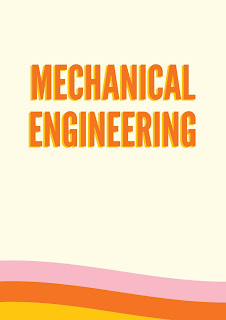Double Entry Accounting
Double Entry System
Debit and Credit A debit or credit entry is recorded for an account when an amount is received from a customer and a corresponding amount is credited to the seller's account. This can also be called a debit entry. In a double-entry system the debits are recorded before the credits and vice-versa. A credit entry is also recorded for an account when a debit is made. The double-entry system does not place a greater value on the credit than on the debit. A credit is recorded for an account when a specific amount of money is transferred to it, and not the aggregate of the entire accounts. For example, when a check is written the transaction is for $1, and the total amount of money transferred from the seller's account to the buyer's account is $1.
Double Entry Accounting
Suppose Alice and Bob are two businesses, and they each have a ledger. They each have $1,000 in their account. Every day, Alice enters the current balance on her ledger: $1,000. Every day, Bob enters the current balance on his ledger: $1,000. Alice credits the previous day’s balance with $1,000. Bob credits the previous day’s balance with $1,000. Every day, each side of the ledger balances out and then credits or debits each other. When Alice and Bob each enter their accounts, their entries are first credited, then debited, and then both become zero. In accounting, a double-entry system is different from a simple accounting system. A simple accounting system uses only one ledger, and the accounting numbers, transactions, and figures on a ledger are all in the same order.
Double Entry Bookkeeping
If a person tries to put a check in the bank it doesn’t mean the bank just has to give the person a credit. It also has to give them the same amount of money in their account in a different account. These two accounts must both balance in order for the bank to give them the same amount of money. This way if someone deposits $100 they are paid $100 in cash. The bank then also has to take the $100 from one of their accounts and give the money to someone else so that account is also paid out. This is what we call a debit and a credit. Everything In The Bank Changes The same thing goes for someone’s bank account. Every transaction in the account changes that person’s bank balance.
Introduction
Here is a graphic with a quick and simplified explanation of double-entry bookkeeping: You can learn more about double-entry bookkeeping in the infographic below. Timeline 1772—Andrew Jackson's wife, Rachel, passes away, causing him to leave the presidency for a period of mourning. 1835—A company known as the Industrial Credit Association (ICA) forms and offers a form of business credit where companies use this form of money for their operations. 1855—The first "automatic deposit" occurs when a bank uses numerics instead of marks. 1863—Central banks are first established. 1930—The first modern credit card is introduced in Great Britain. 1933—The first to issue automatic receipts begins in the U.S. 1977—The first debit card is introduced.









